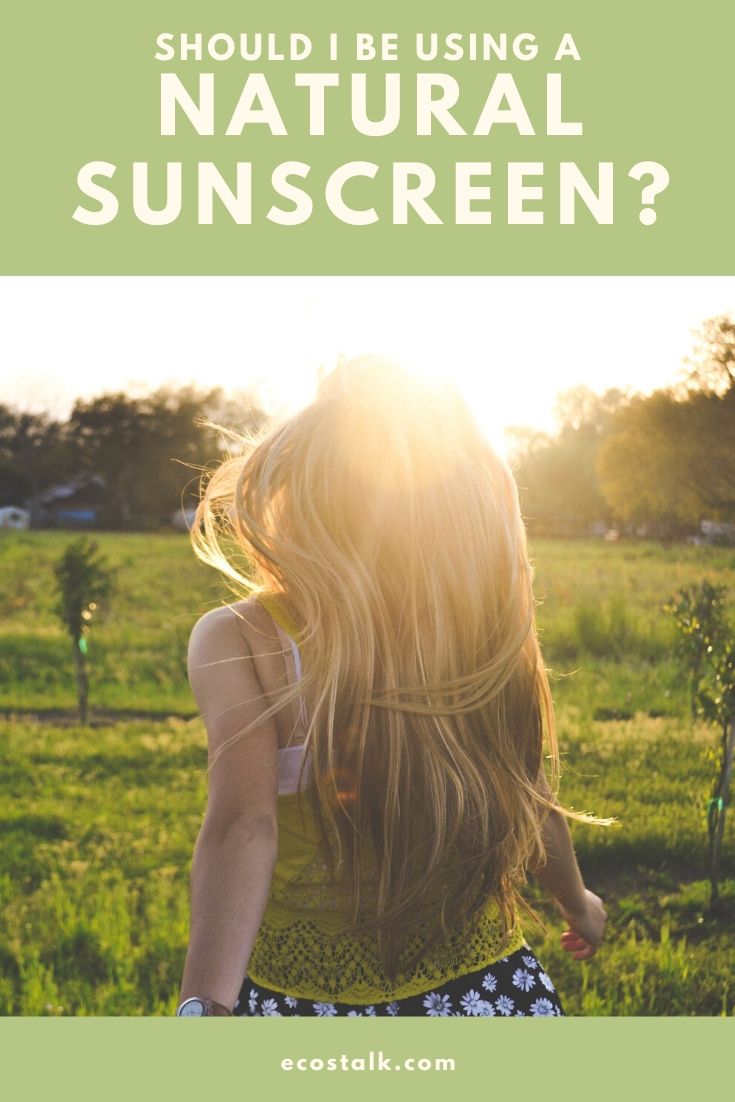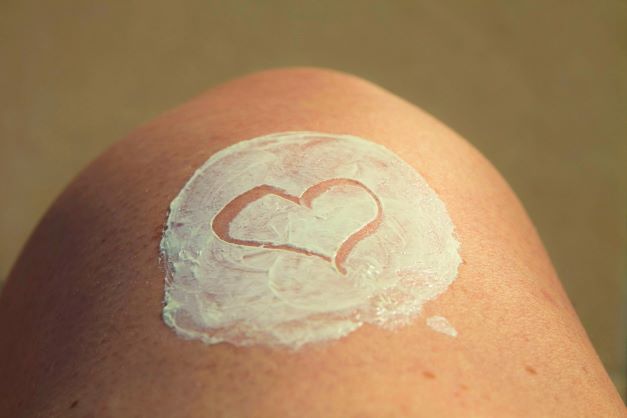Please note that I may earn a small commission from purchases made through product links in this article. As an Amazon Associate I earn from qualifying purchases.
Last updated: March 1, 2023
A great sunscreen is essential in summer. Natural sunscreens have become popular, as they appear to offer an alternative to the chemicals found in most common sunscreens.
But what exactly is a “natural” sunscreen? What are the benefits of natural sunscreen versus regular sunscreen?
In this article we will run through what a natural sunscreen is, and what difference it makes on your body and the environment.
We also have some recommendations for natural sunscreens that you can try today.
What You Need to Know About Natural Sunscreen
- What is a Natural Sunscreen?
- What are the Active Ingredients in Natural Sunscreens?
- Which Chemicals Used in Sunscreen Should I Try to Avoid?
- I have Sensitive Skin, Should I Be Using a Natural Sunscreen?
- Does Sunscreen Have any Harmful Effects on the Environment?
- So Which Type of Sunscreen is the Best Option for Me?
- What Does SPF Mean, and do Natural Sunscreens have a Better SPF Rating?
- How to Remove Sunscreen from Your Face Naturally
- What are the Best Natural Sunscreens?
- How Long Can you Keep a Natural Sunscreen?
What is a Natural Sunscreen?
Natural sunscreen is generally just a marketing term.

There are two main types of sunscreen, physical sunscreen and chemical sunscreen.
Physical sunscreen works by creating a physical barrier between your skin and the sun’s harmful UVA and UVB rays. Physical sunscreen is often the one labeled as “natural” sunscreen.
A common question is whether coconut oil or shea butter can be used as natural sunscreen.
Unfortunately, both of these substances have very low SPF rating (5 or lower), which means the level of sun protection they provide is very little.
Compare this to any sunscreen you can buy in the shops, and it will usually have an SPF of 25+ or more.
That is a very big difference.
Most people use coconut oil and shea butter to moisturize their skin when they are out in the sun.
But it doesn’t give much protection from sunburn and long-term skin damage and cancer.
What are the Active Ingredients in Natural Sunscreens?
The active ingredients in physical sunscreen are usually either Zinc Oxide or Titanium Dioxide.
These are both naturally occurring minerals, which is where the “natural” label most likely came from.
These products have been used in sunscreen for decades, known for giving the cream a thick texture and white color.
Over time manufacturers of sunscreen have tried to improve the texture and transparency of their creams, by reducing the size of the mineral particles.
In recent times this has lead to controversy.
As organizations such as Friends of the Earth Australia have claimed that these “nano-particles” may be absorbed by the skin and damage surrounding cells.
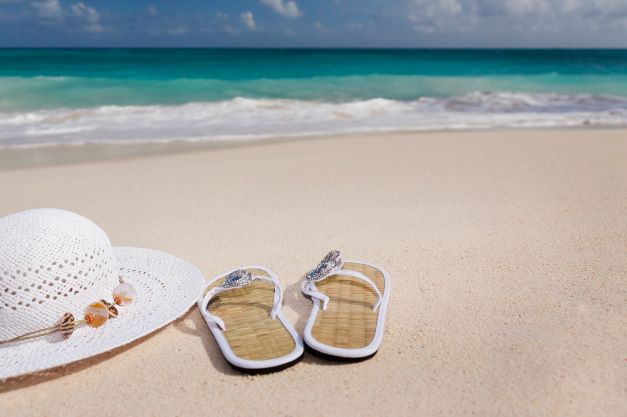
These claims have yet to be confirmed, as further research by the TGA (Therapeutic Goods Administration) showed that these particles could not penetrate the skin deep enough in the first place to cause this damage.
Many modern sunscreens still use these substances, but they often will add extra chemicals to help deflect UVB rays.
Organic compounds such as Benzophenones absorb the UVB light and convert it into heat energy.
Protecting your skin from UVB rays is important for preventing skin cancer and other conditions.
But there is some debate over whether the heat energy also contributes to damaging your skin.
The heat is said by some to cause inflammation and increase the risk of premature aging.
This has lead to the popularity of “natural” sunscreens, which in most cases are basically physical sunscreens.
There are some brands that also use a combination of physical and chemical UV filters, to optimize the texture and SPF rating of the sunscreen.
Which Chemicals Used in Sunscreen Should I Try to Avoid?
The long term effects of using sunscreen still require extensive study, but we are gradually learning more about how it affects our bodies.
One system of our body which may be particularly susceptible is our hormonal or endocrine system.
This system is critical for maintaining the balance of hormones in our bodies.
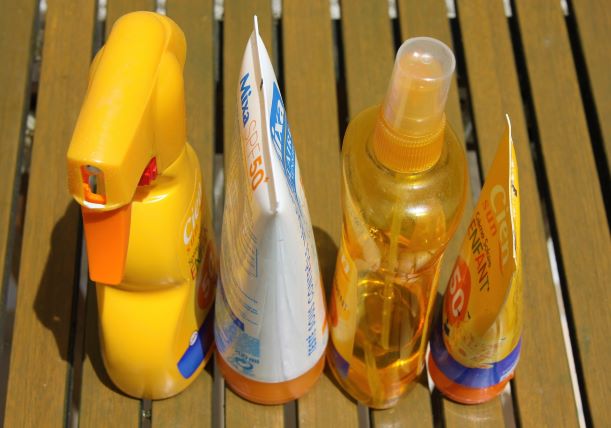
Certain chemicals are now being classified as Endocrine Disruptors or EDCs.
This means that they have the potential to interfere with our Endocrine system, by disrupting how we produce, distribute or eliminate our hormones.
There are some chemical UV filters found in sunscreen which have been shown to act as EDCs when studied in isolation.
These include octyl methoxycinnamate (OMC or Ethylhexyl methoxycinnamate), as well as 4-methyl benzylidene camphor (4-MBC).
The results of these studies showed some effects on the thyroid, as well as on development and reproductive systems.
The Danish Government has banned the use of certain Parabens in products for children up to three years old, as a precaution.
Parabens can sometimes be found in sunscreen, cosmetics, and other personal care products.
A study on human breast cancer cells showed that parabens can mimic Estrogen, the primary female sex hormone, and its effects on the human body.
Parabens with larger molecules showed the greatest effects and these included propyl-, isopropyl-, butyl- and isobutyl-parabens.
Oxybenzone (or benzophenone 3) is another substance that has acquired a bad reputation as a hormone or Endocrine disruptor.
I have Sensitive Skin, Should I Be Using a Natural Sunscreen?
If you have sensitive skin, the most important thing to do is pinpoint what may be causing your sensitivity.
Are there any common patterns to your breakouts? There are some common additives to sunscreen which can potentially irritate your skin which you can try to avoid.
These include artificial fragrances, which can also be photo-sensitive, meaning they can cause pigmentation.
Some chemical UV filters can be irritating for those with sensitive skin and conditions such as Rosacea or Dermatitis.
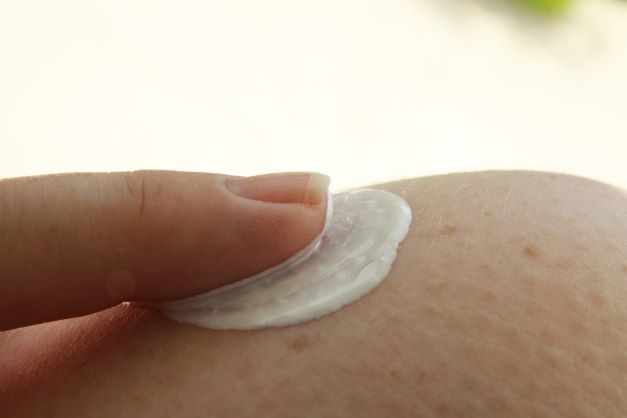
PABA (para-aminobenzoic acid) is an additive which may cause irritation in some people, therefore you can avoid this by looking for “PABA- Free” sunscreens.
The best method of preventing a flare-up is to do a patch test on your skin before using the sunscreen.
If possible you can also expose the test area to the same conditions that you will be using the sunscreen.
Exposing the test area to common conditions that you will experience when you use the sunscreen such as sunlight, heat, seawater or sand, may give you a further understanding of how your body will react during use.
Does Sunscreen Have any Harmful Effects on the Environment?
There has been some debate on the negative effects of sunscreen on coral reefs.
According to one study Oxybenzone is again the culprit.

The results showed that the chemical could cause damage to the DNA of baby coral resulting in major deformities, as well as acting as an Endocrine Disruptor.
However there is still debate over whether these results are totally conclusive, and whether the results of the study are realistic to the conditions of the ocean.
So Which Type of Sunscreen is the Best Option for Me?
The reality is over time both types of sunscreen have become far more sophisticated.
Based on current research, the risk of UV rays to your long term health far outweighs the risk of damage to your skin from using sunscreen.
If the prospect of using a chemical sunscreen does concern you though, a physical sunscreen may be the better option.
What Does SPF Mean, and do Natural Sunscreens have a Better SPF Rating?
The SPF rating means the amount of time it will protect you from sunburn if properly applied. SPF 30+ is one of the most common ratings for sunscreen.
What this means for you is if you normally burn after 30 minutes without protection, you could get up to 15 hours protection with an SPF 30+ sunscreen ( 30 times more).
How to Remove Sunscreen from Your Face Naturally
You can remove sunscreen from your face naturally by using an oil or an oil based cleanser.
Natural oils that may work include olive oil, jojoba oil or sweet almond oil.
You should only need a small amount to remove the sunscreen from your face, a teaspoon or less should be enough.
Using too much will leave your face oily and sticky.
An oil based cleanser and toner, followed by a good moisturiser is another option for taking off more stubborn sunscreen, as well as giving your face a thorough clean.
What are the best Natural Sunscreens?
- Blue Lizard Sensitive Sunscreen SPF 30+
- Skinceuticals Sheer Physical Uv Defense SPF 50 Broad-spectrum Sunscreen
- Thinkbaby Sunscreen 50+
- Neutrogena Sensitive Skin Sunscreen Lotion 50+
Blue Lizard Sensitive Sunscreen SPF 30+
No products found.
Blue Lizard makes a range of physical sunscreens, designed for the harsh Australian sun conditions.
Blue Lizard Sensitive Sunscreen is advertised as paraben and fragrance-free, which is great for those with sensitive skin.
This sunscreen can be great for wear during sports and on beach days when you are in and out of the water.
Skinceuticals Sheer Physical Uv Defense SPF 50 Broad-spectrum Sunscreen
No products found.
If you don’t enjoy the thick clumpy consistency of most regular zinc sunscreens, the sheer coverage of this cream by Skinceuticals may appeal to you.
This physical sunscreen leaves a smooth, transparent matte finish on your skin.
This sunscreen also includes Artemia salina, a plankton extract that may help enhance your skin’s natural defenses against UV and heat-related stress.
Thinkbaby Sunscreen 50+
No products found.
If you are looking for a safe sensitive sunscreen for children, the Thinkbaby Sunscreen 50+ is a great option.
This sunscreen has been rated number one by the EWG organization for three years in the baby category.
It is free of potentially harmful chemical filters including Avobenzone and Oxybenzone.
It has 80 minutes of water resistance which is considered high level by the FDA and is quickly and easily absorbed on the skin without a greasy feel.
Neutrogena Sensitive Skin Sunscreen Lotion 50+
No products found.
Neutrogena has a great reputation for creating products for sensitive skin types, and this is no exception.
Endorsed by the National Eczema Foundation, this physical sunscreen will provide you with high-level protection without irritation.
This sunscreen only paraben-free, but also free from fragrances and oils which can also cause breakouts.
How Long Can you Keep a Natural Sunscreen?
All sunscreens should have a visible expiry date which should be followed, but this will depend on what conditions you keep your sunscreen under.
For example, many of us like to keep our sunscreen in the car or beach bag for convenience.
Unfortunately, this also means that your sunscreen may be regularly exposed to extreme heat, which over time can cause it to become unstable and much less effective.
Once sunscreen becomes unstable it is impossible to know what its SPF rating has become, so you can’t simply put more of the sunscreen on to counteract this.
A good sign that it may be time to throw out your sunscreen before its expiration date is a change in its texture.
Its consistency should be the same as when you purchased it if it has become watery or started to separate it may be time to throw it out.
Sunscreen like many medications should be kept in cool, dark conditions away from sunlight.
Final Thoughts
Natural sunscreen is usually just a fashionable way to describe sunscreen with physical UV filters.
However, by switching to a physical sunscreen, you may find there are multiple benefits. If you have sensitive skin, you may experience less irritation.
In the long term, your body may also benefit from reducing your exposure to chemical filters.
I’ve included a small list of physical sunscreens you can try, but there are a growing number of options you can turn to until you find your go-to sunscreen.
Looking for more great ideas for keeping your skin healthy? Read here to find out more about organic shaving creams and their benefits.
